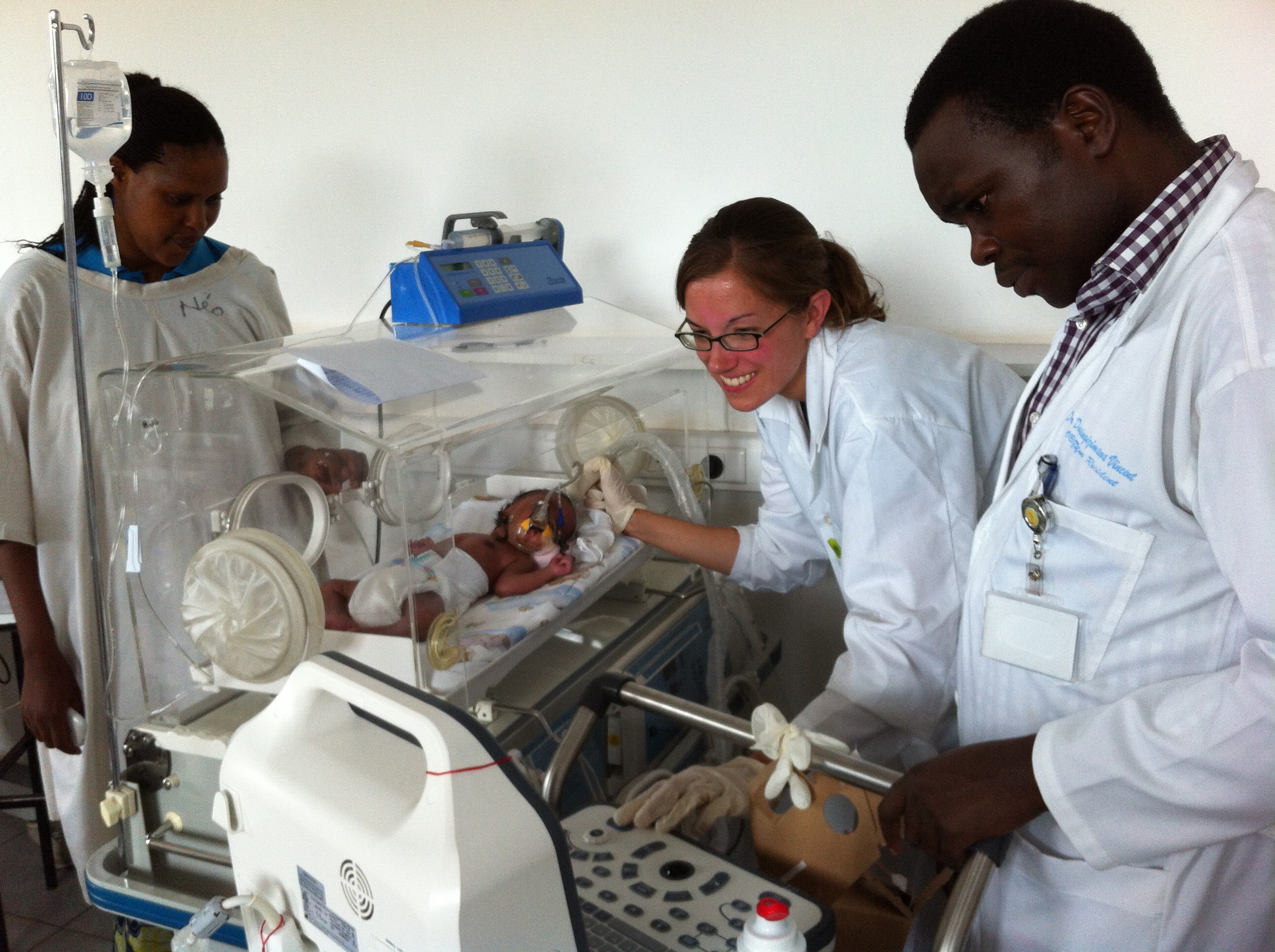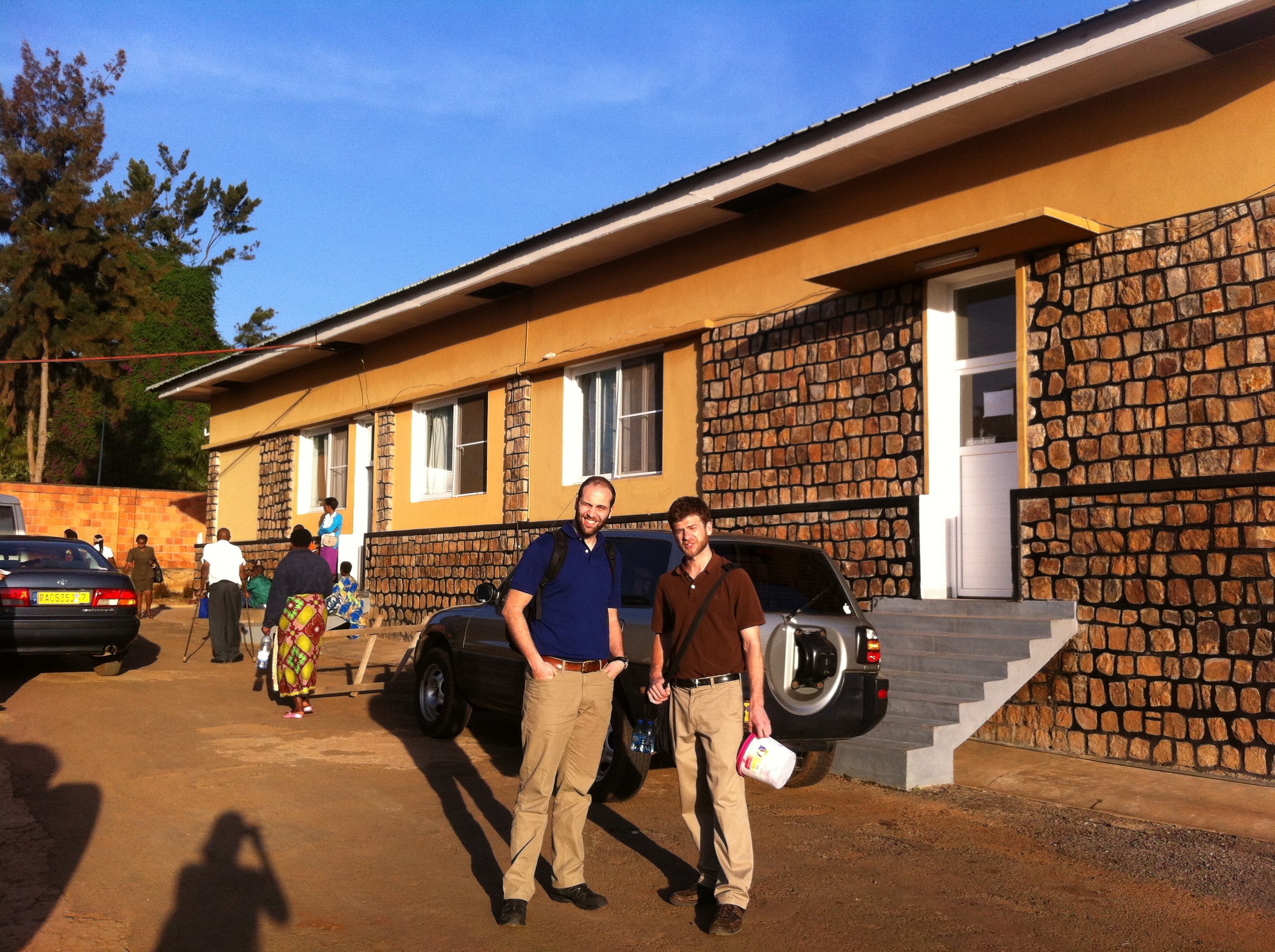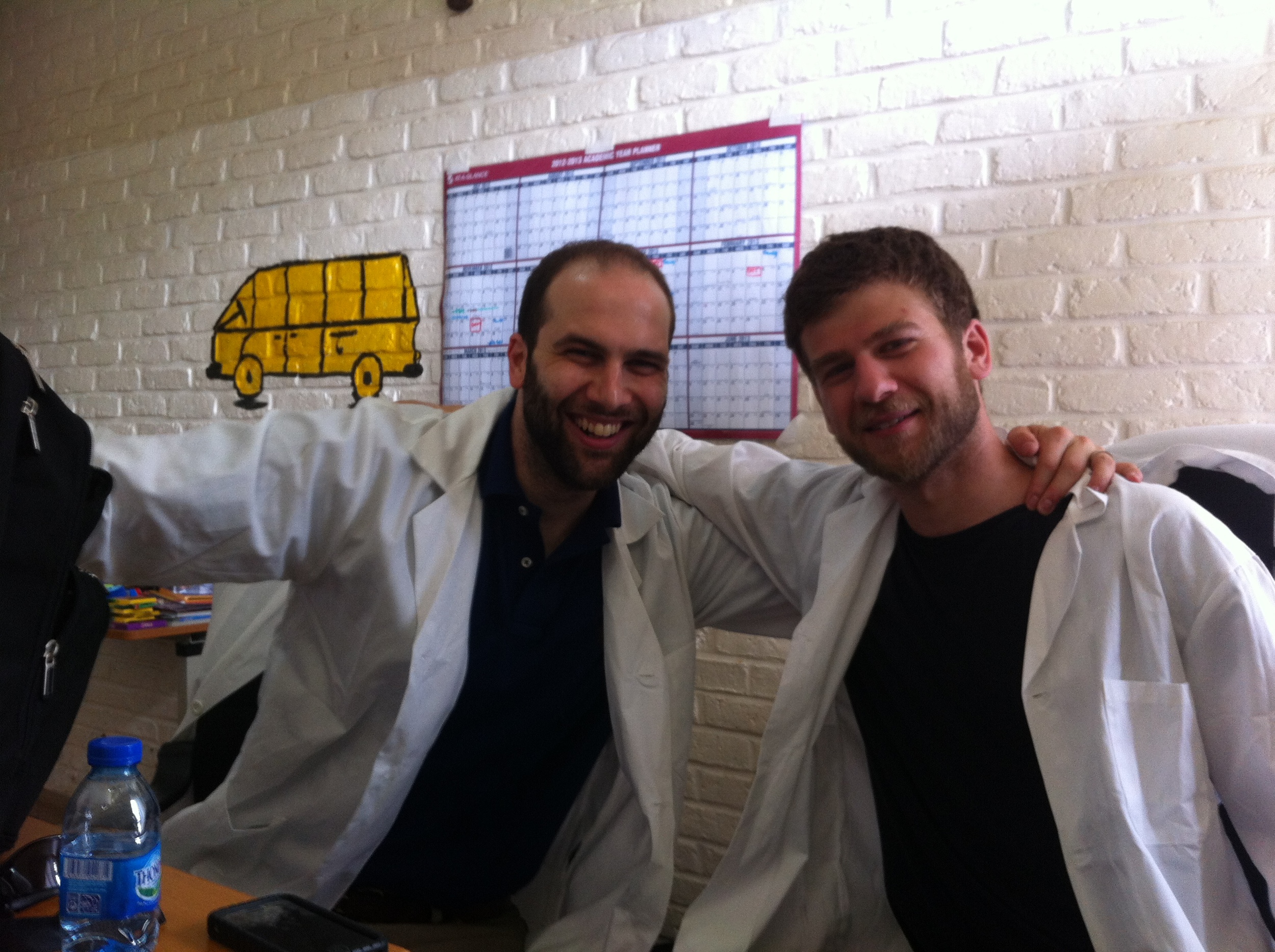Affordable EEG & Ultrasound to study brain function and structure in infants
with Rhodri Cusack, Bobby Stojanoski, David Clay, Dan Cameron, Stephen Rulisa and Aggrey Wasunna.
Asphyxia is a common complication during childbirth, affecting 2 to 10 neonates per 1000 live births. It is particularly prevalent in developing countries. Additionally, 60% of premature births occur in Africa and South Asia. Both asphyxiated neonates and those born prematurely are at a highly increased risk of perinatal brain injury. Detecting brain injury early is important in order to limit disability and mortality but the necessary neuroimaging technology is currently unavailable to most hospitals in developing countries due to its high cost and lack of skilled technicians.
In this project, we evaluated whether affordable, portable ultrasound and EEG can be used by novices to detect common perinatal brain injury in a Kenyan and Rwandan cohort of asphyxiated and premature neonates. Results from our study were published in Ultrasound in Medicine & Biology.
Neonatal asphyxia and trauma (WHO 2009)
Centre Hospitalier Universitaire de Kigali (CHUK), Rwanda, with Bobby Stojanoski and Dan Cameron.




